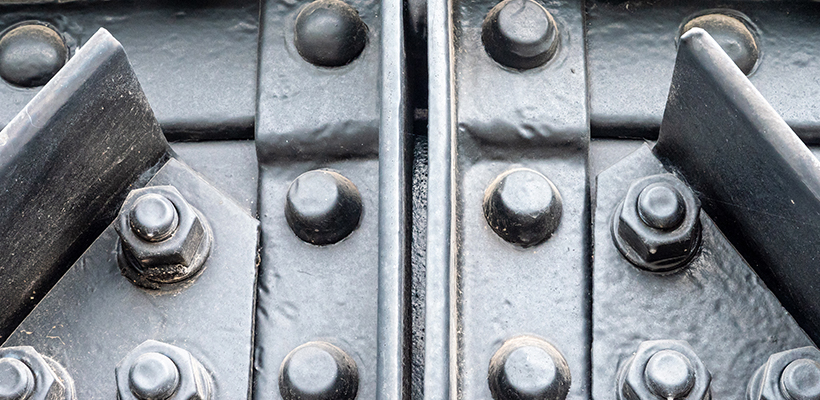Surface coatings involve drying oils, varnishes, paints, and synthetic clear coatings. Their primary job is to protect any surface from the environment. Sometimes, people use surface coatings to boost the aesthetic appeal by accentuating its surface features.
Types of surface coatings
There are two categories of surface coatings: organic coating an inorganic coating. Here are the different types of surface coatings under the respective categories:
1. Organic coatings
Organic coatings contain refined petroleum products, carbon, and a combination of additives, fillers, and pigments.
-
Alkyd coatings
You can apply alkyd coatings on different prepared substrates. It can withstand various rigors in exterior, interior, underwater, and underground applications. But you need to take care of the ingredients mixed in the coating. The only drawback of this type of coating is it requires oxygen to complete the chemical reaction. This makes the coating durable. Oxygen needs to disperse throughout the paint. But it takes a considerable amount of time compared to some of the other coatings.
-
Epoxy coatings
Epoxy coatings are popular for their excellent film-building, chemical, and mechanical properties. They also have short curing and drying time, making them suitable for a wide range of applications. One of the reasons why epoxy coating became popular is it can bond with various surfaces, including zinc, aluminum, steel, and galvanized components. This property makes them appropriate for industrial painting projects that usually demand maximum protection against regular wear and tear, corrosion, moisture, abrasion, fuel, water, chemicals, salt air, and non-oxidizing agents like alkali, salts, and acids.
-
Polyurethane coatings
Polyurethane coatings come with specialty additives that have exceptional resistance to abrasion, chemicals, weathering processes, and corrosion. This feature also makes them suitable for various industrial applications.
2. Inorganic coatings
Inorganic coatings offer protection against different types of stressors in industrial environments. They are formulated with different ingredients, such as additives, enamels, and pigments. Here are some of the most common inorganic coatings used in industrial applications.
-
Acrylic coatings
There’s no denying that alkyd coatings are the best in the business. But waterborne paint coatings have also become popular for different commercial and industrial applications. Acrylic coatings contain a high percentage of additives and binders to provide adequate protection. This also allows them to compete with other high-performing surface coatings. They require fewer pigment dispersants, rheology modifiers, and surfactants that prevent corrosion on surfaces.
-
Ceramic coatings
Apart from chemical and corrosion protection, ceramic coatings are popular for their durability and super thermal insulation. Additionally, they exhibit chemical and dimensional stability. You can use ceramic polymer coatings in industrial painting projects to protect piping systems and tanks against UV radiation, moisture, water, high operating temperatures, and chemicals. But you shouldn’t use ceramic coatings on surfaces exposed to compressive or tensile stress. Plastic deformation will only lead to compromising the quality of the coating.
-
Intumescent coatings
Intumescent coatings insulate different structures from fire. They are usually applied on surfaced exposed to heat or open flames for hours. These coatings expand to foam-like layers that protect structures from fire. They are the first choice for high-heat applications because they can maintain their quality even in high temperatures.
In addition to all these coatings, there are also powder and metallic coating systems. But you need to apply them under stable and controlled factory conditions to avoid any accidents.
Application of surface coatings
Although new coatings continue to emerge every now and then, the ones mentioned above are tried and tested by thousands. They are reliable and find their ways in different industries. Different types of coatings provide different type of finishes. Some of the coatings look glossy, while others offer a matte finish. The primary function of these surface coating elements is to protect surfaces from moisture and oxygen transmission.
Here are some of the applications of surface coatings in different industries:
- Blade coating
- Film-based packaging
- Tower coating
- Paper wraps
- Folding cartons
- Blade coating
- Air knife coating
- Size press coating
- Rotogravure coating
- Metering rod coating
- Lithographic coating
- Flood coating
- Flexographic coating
- Curtain coating
You can utilize surface coatings on nanomaterials for diminishing or modifying the adverse effects usually associated with them. In some industries, people use surface coatings to modify various properties like agglomeration, stabilization of particles, discharge of noxious ions, and arrest dissolution.
Final Words
Previously, the coating on nanomaterial surfaces was done to conceal surface composition and surface charge. Many reports suggest that immunological and inflammatory responses may occur if the surface coating doesn’t complement the surface you are applying it on. Therefore, you should be careful before using any of the above coatings. It is best if you check their range of applications before using them. But these coatings can improve the robustness of surfaces and make them long-lasting by preventing them from moisture, water, and other elements. Follow Homeinside for informative articles
